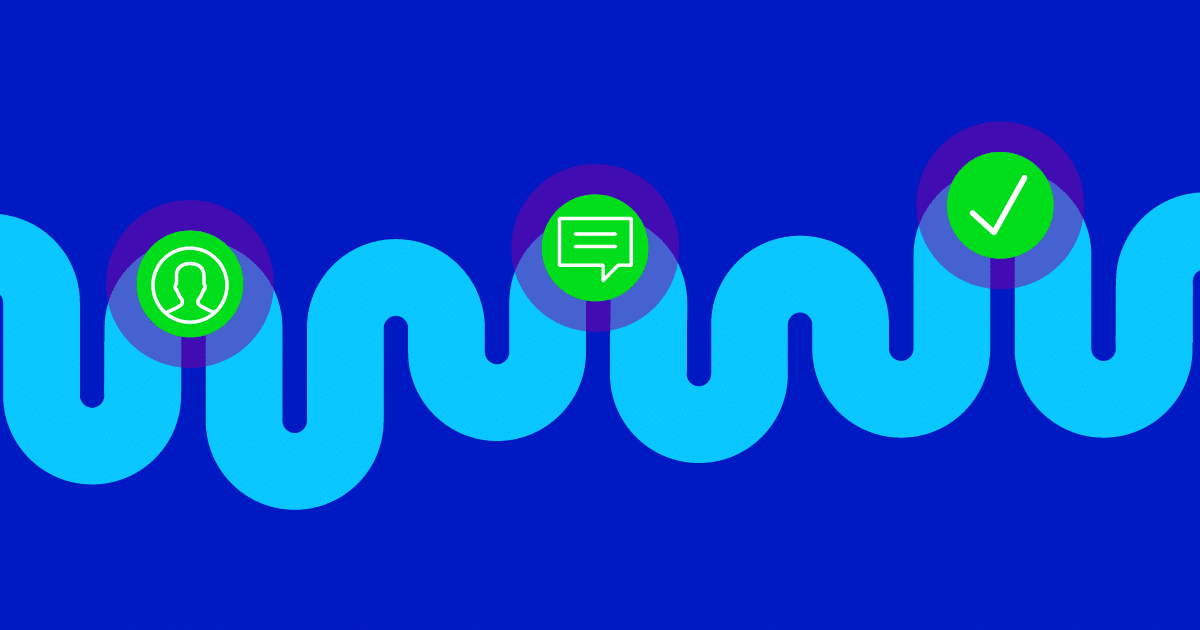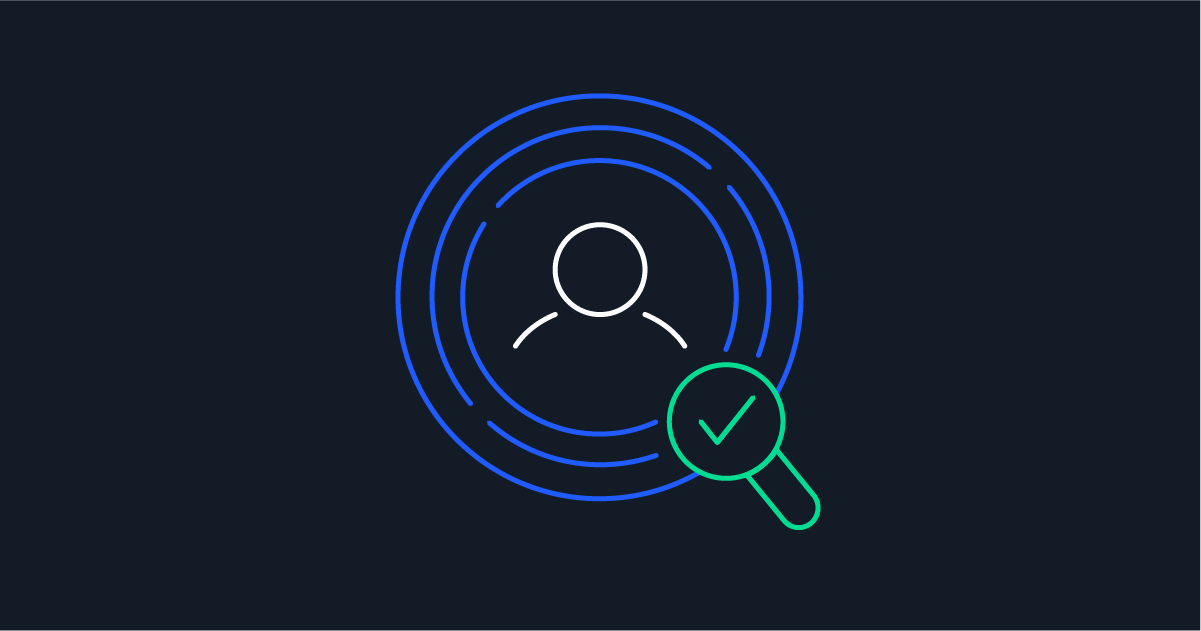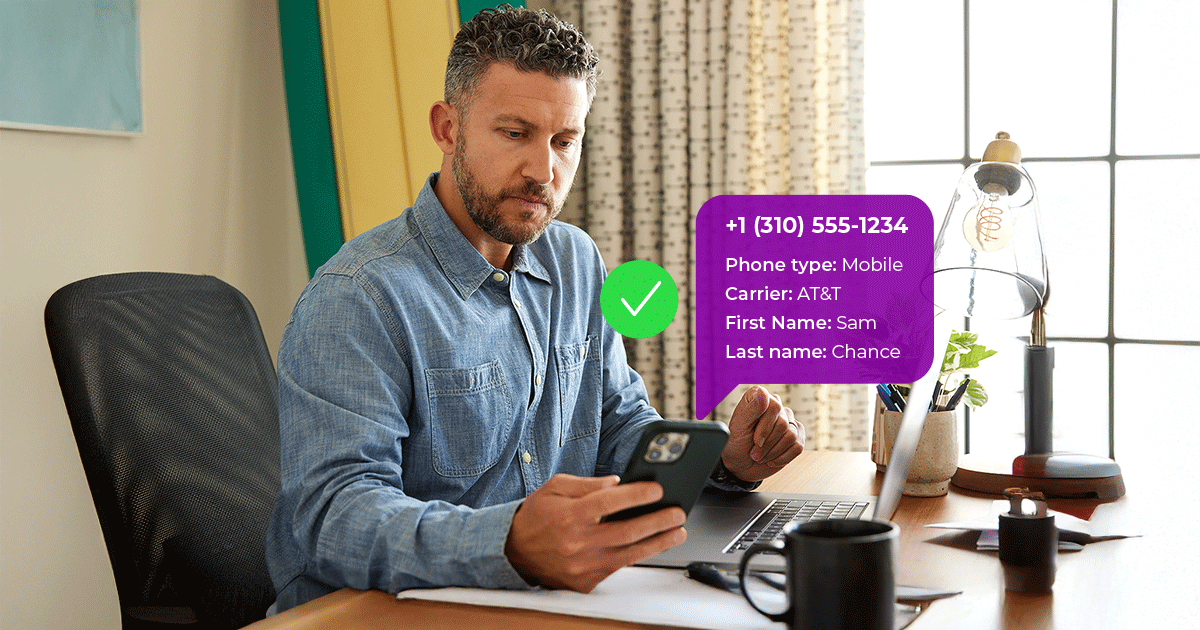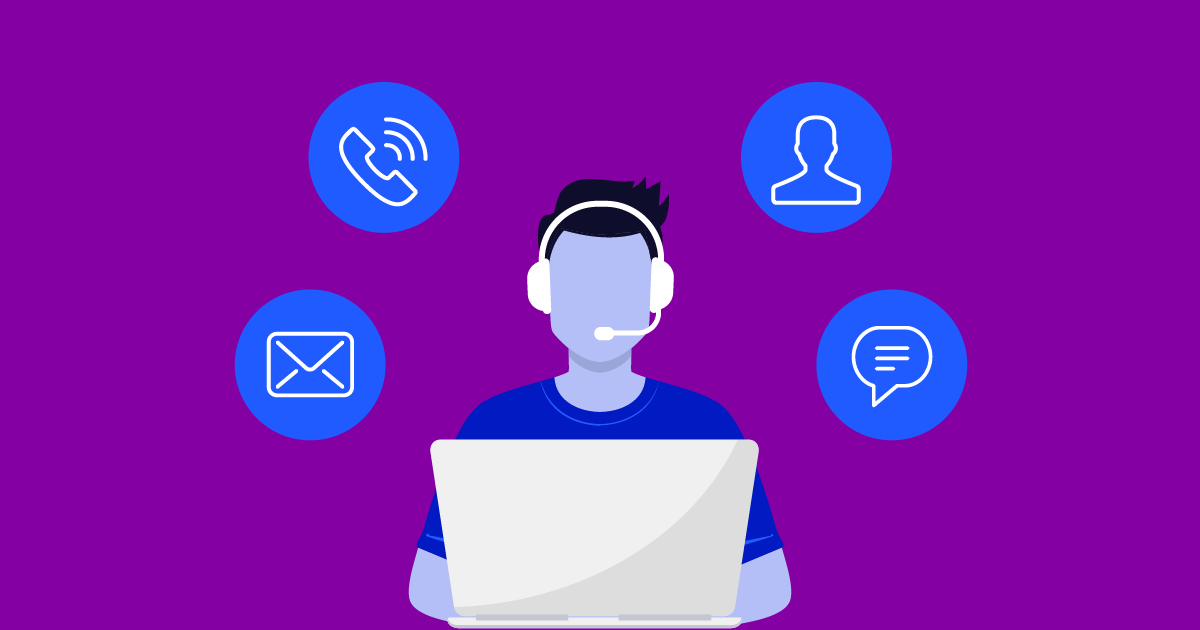
The customer experience is arguably the most important aspect of a business. Whether your company operates as an app, online retailer, or a brick-and-mortar store, your customers expect frictionless service.
Today’s blog explores what a frictionless customer experience entails through the following sections:
Table of Contents
Understanding a seamless customer journey
Customer expectations regarding quality of service continue to rise. New companies launch every day, and while some focus on innovation, many prioritize optimizing existing processes. This constant competition to enhance service quality naturally leads to increased customer expectations.
When discussing a frictionless customer experience, we don’t necessarily mean removing all friction from the experience but rather optimizing the customer experience wherever possible. For example, while customers may love your products, they might struggle with your online platforms. You may have a visually appealing website, but if the back-end infrastructure doesn’t seamlessly onboard new customers, it creates friction in the customer experience.
While unwelcome interruptions may occur in the customer’s journey, it’s about finding the appropriate times and places for delays or additional steps. When applied effectively, friction aligns with customer expectations and enhances your website’s credibility. Customers may trust a three-way authentication process despite the additional effort because it enhances security. Sensible delays are generally tolerable to customers. It’s all about achieving balance and optimizing the level of friction a customer encounters.
The aim of a frictionless customer experience
The primary purpose of a frictionless customer experience is to eliminate unoptimized or unnecessary interruptions that could confuse customers or lead them to question the credibility of your platform. While it’s impossible to completely remove all friction from a user’s experience while still providing optimal features and security, there are many ways to optimize it.
The most important thing to note here is that a frictionless experience never originates from a single department, but instead, comes from optimal collaboration across all business pipelines. The better your customer experience, the more positively affected all revenue-related touchpoints become.
When your company’s customer experience is less than smooth, it can discourage users from revisiting your web store. In cases where the customer experience is seriously negative, word of mouth can deter potential new customers from even considering your store. Therefore, a seamless customer experience keeps customers engaged, content, and returning.
Key areas of focus to unlock customer satisfaction
There are many ways to optimize your customer experience. Let’s explore some example categories:
Streamlined processes
Every online platform will introduce several processes to its customers. Whether it’s onboarding, adding items to cart, or posting pictures, all aspects must proceed smoothly. If a customer logs in to your platform and experiences delays, it can be discouraging.
Optimizing the onboarding process is a great example of how a seamless initial experience can retain more consumers. If a customer encounters difficulties while creating an account, many will abandon the process halfway in search of an easier solution. Better onboarding can lead to positive online opinions of your platform and higher customer sign-up rates.
Streamlining your platform’s checkout, posting, and other processes is always beneficial.
Personalization
Adding small personal touches to the customer experience makes them feel more valued. Valued customers are far more likely to stay loyal to your business or even recommend it to friends and family.
An example of creating a more personalized experience for customers is to address them by name in emails and texts. Before getting to business, a personal greeting feels far better than a generic message that addresses millions.
Omnichannel experience
A company’s brand should remain consistent. The last thing you want is for customers to prefer using your platform on their desktop device, because the mobile version never works. Creating an omnichannel experience means providing consumers with the same value and unified experience across all your platforms.
Whether customers sign up to your platform on mobile phones or laptops should not matter: the process should feel consistent. Similarly, customers should perceive email customer service as impactful as phone support. Consider which processes your customers interact with and how you can maintain a consistent experience across all channels.
Self-service options
Customers do not want to wait for support to handle a problem they could solve themselves. Always consider which processes you can turn into self-service options. Leveraging automation is a great way to free up resources while enhancing the quality of the customer experience.
Data integration
Make sure you integrate customer data into your pipelines where legally possible. For instance, when a customer registers a complaint, make sure to record it. If they experience the same problem again, your service reps can quickly see which solution was previously suggested. This method streamlines processes and prevents customers from receiving the same information repeatedly.
Proactive support
Taking a proactive approach to solving customer problems is always best. You can notify customers via push notifications or email when the platform is undergoing maintenance and likely to be unstable. Additionally, creating a comprehensive frequently asked questions (FAQ) page where customers can find common problems and solutions is beneficial. This page could link into your self-service options, further improving the quality of the customer experience.
Continuous improvement
The best advice anyone can give you is to keep improving your platform and its processes. Regardless of how well everything functions now, always think of ways to enhance the experience, even if it saves customers a second. Embracing continual platform improvement as a pillar ensures your business is always prepared to adopt new optimization methods.
Technological advancements and enhanced customer experiences
Given how rapidly technology improves, it’s no surprise that many technologies can enhance the customer experience. Extensive research and development involve AI integration or machine learning algorithms.
Today, the power of AI enables specific processes like chatbots to recognize patterns across interactions with millions of users. AI can discern the most prevalent issues and detect patterns encountered by multiple customers, even if their descriptions vary considerably. Additionally, AI chatbots can help in allocating fewer resources to customer service departments.
You can also use data analytics from AI interactions with customers to improve your future pipelines. Always consider how you can properly use AI, machine learning, and data analytics to improve your business model and customer experience.
Measuring the ripple effect of streamlined customer interactions
Elevating your business to provide a frictionless customer experience offers numerous benefits. Here are some examples of what you stand to gain:
Improved customer satisfaction
A happy customer is always good for business. The first benefit of a frictionless experience is that it leaves customers satisfied after interacting with your platform, whether they ordered food, bought new hardware for their computer, or used your platform to catch up with friends.
When a customer is dissatisfied with your platform, it immediately makes them less likely to return, which brings us to the next benefit.
Improved customer retention
Satisfied customers will use your business again. Show them enough times that they can expect good service and a streamlined experience, and they will recommend the platform to others. Word of mouth is and always has been the most potent form of advertising, and a frictionless experience makes customers much more likely to comment positively.
Fewer complaints
When the customer experience includes the appropriate level of friction, businesses can expect fewer complaints. For low-value purchases, less friction is expected, but when dealing with high-value interactions, customers experience a sense of security in the right amount of friction. Whatever level of friction is used, it should be easy for a legitimate customer to interact with your brand, reset their password, or verify their identity and quickly move on to their intended action.
Improved business revenue
Happier customers are likely to spend money on your platform or sign up for subscriptions. Ultimately, most companies want to turn a profit. Optimizing towards a frictionless customer experience is an indispensable investment to increase future revenue.
Improved business growth
Increased revenue means you can invest more money into the business to improve existing attributes or add new elements. Your improved resources suggest you can increase your company’s reach and potentially attract more consumers.
Optimize your customer experience with Telesign
The value of optimizing your customer experience influences all aspects of your business. Regardless of the size of your company, a frictionless customer experience means satisfied customers, increased revenue, and eventual opportunities for growth.
If your business communicates with customers via SMS, one effective way to enhance their experience is with Telesign. We offer numerous useful features designed to streamline texting, increase security, and integrate the latest technologies to accommodate your business needs.
Talk to our experts today or sign up for a free trial to start your Telesign integration with free code templates for testing.


